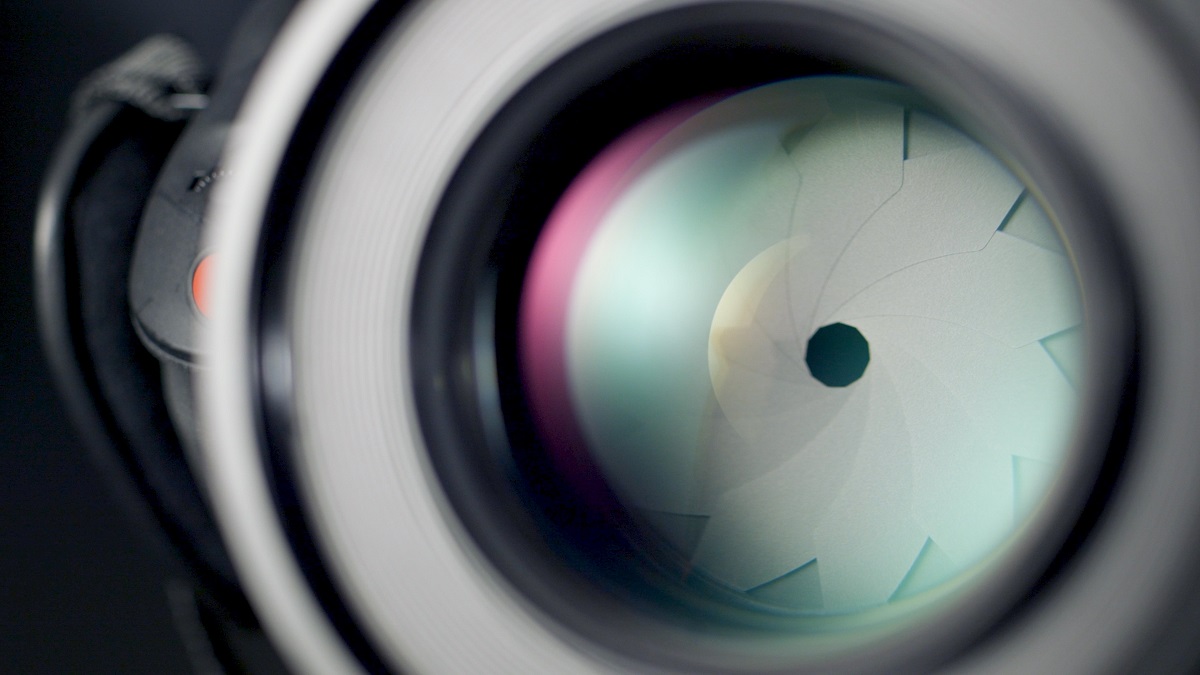Some people still associate artificial intelligence (AI) with robots taking over the world. There's a lot of hype around self-driving cars and personal robots. However, there are far more realistic and beneficial examples of AI in everyday life. AI is the science of training systems to emulate human tasks through learning and automation. Computer vision is an area where tremendous progress has been made in the last few years.

What is computer vision?
Computer vision automatically analyses and interprets what's in a picture or video. Convolutional neural networks can match or exceed humans on difficult visual recognition tasks. They can intelligently automate image processing, image classification and object detection.
There are many layers of understanding. The first one recognizes people or things within the image. The second one understands how things relate. For example, a convolutional neural network detects a ship at sea. It then alerts if it's too close to the coast or enters a restricted area.
Behind the scenes, we apply a mathematical structure to images and use deep learning to automate tasks that are highly demanding for humans. In health care, deep learning helps radiologists more efficiently examine thousands of biomedical images and improves patient care.
Medical image analytics
SAS Visual Data Mining and Machine Learning can load, visualize, analyze and save health care image data and associated metadata. Building end-to-end solutions in SAS Viya typically involves assembling CAS actions, which are the smallest units of data processing. Those units are packaged into logical groups (action sets) that are directly used on medical imagery.
I invite you to join Virtual SAS Data Science Experience: Build Something Brilliant, by registering here. Click To TweetMedical image analytics helps assess therapy response in patients with colorectal cancer, based on 3D computed tomography (CT) images. Specifically, object detection automatically detects metastases and calculates tumour size before and after treatment. Further details are found in this paper on Medical Image Analytics.
To learn more, register here for our 23 July event, Virtual SAS Data Science Experience: Build Something Brilliant. We'll explore use cases for computer vision in various industries and aspects of everyday life. Plus, we'll uncover the value of moving AI projects out of the lab and into the real world.
